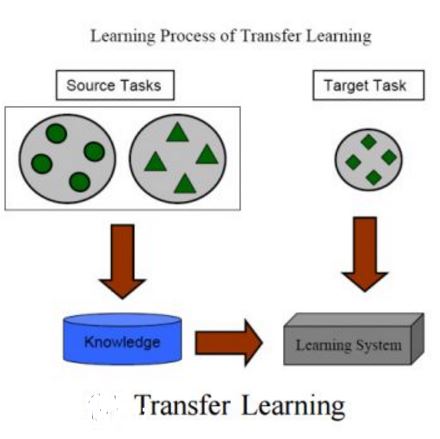Excessive sleepiness in attention-critical contexts can lead to adverse events, such as car crashes. Detecting and monitoring sleepiness can help prevent these adverse events from happening. In this paper, we use the Voiceome dataset to extract speech from 1,828 participants to develop a deep transfer learning model using Hidden-Unit BERT (HuBERT) speech representations to detect sleepiness from individuals. Speech is an under-utilized source of data in sleep detection, but as speech collection is easy, cost-effective, and non-invasive, it provides a promising resource for sleepiness detection. Two complementary techniques were conducted in order to seek converging evidence regarding the importance of individual speech tasks. Our first technique, masking, evaluated task importance by combining all speech tasks, masking selected responses in the speech, and observing systematic changes in model accuracy. Our second technique, separate training, compared the accuracy of multiple models, each of which used the same architecture, but was trained on a different subset of speech tasks. Our evaluation shows that the best-performing model utilizes the memory recall task and categorical naming task from the Boston Naming Test, which achieved an accuracy of 80.07% (F1-score of 0.85) and 81.13% (F1-score of 0.89), respectively.
翻译:关注临界环境中的过度睡眠可能导致诸如汽车撞车等不良事件。 检测和监测睡眠可以帮助防止这些不利事件发生。 在本文中, 我们使用语音数据集从1 828名参与者中提取演讲, 以开发一个深度传输学习模型, 使用隐藏单位 BERT(HuBERT) 语音演示来检测个人的睡眠。 演讲是睡眠检测中数据利用不足的来源, 但是由于语音收集是容易、具有成本效益和非侵入性的, 它为睡眠检测提供了充满希望的资源。 进行了两种互补技术, 以寻找关于个人演讲任务重要性的一致证据。 我们的第一种技术, 掩盖, 评估任务的重要性, 将所有演讲任务合并, 隐藏部分回应, 观察模型准确性方面的系统性变化。 我们的第二种技术, 单独培训, 比较多个模型的准确性, 每一个模型都使用相同的结构, 却在不同的演讲任务中接受训练。 我们的评估显示, 最佳表现模型利用了记忆回顾任务, 并明确指定了波士顿命名测试( 0. 8801 F) 和819 的精确度。





